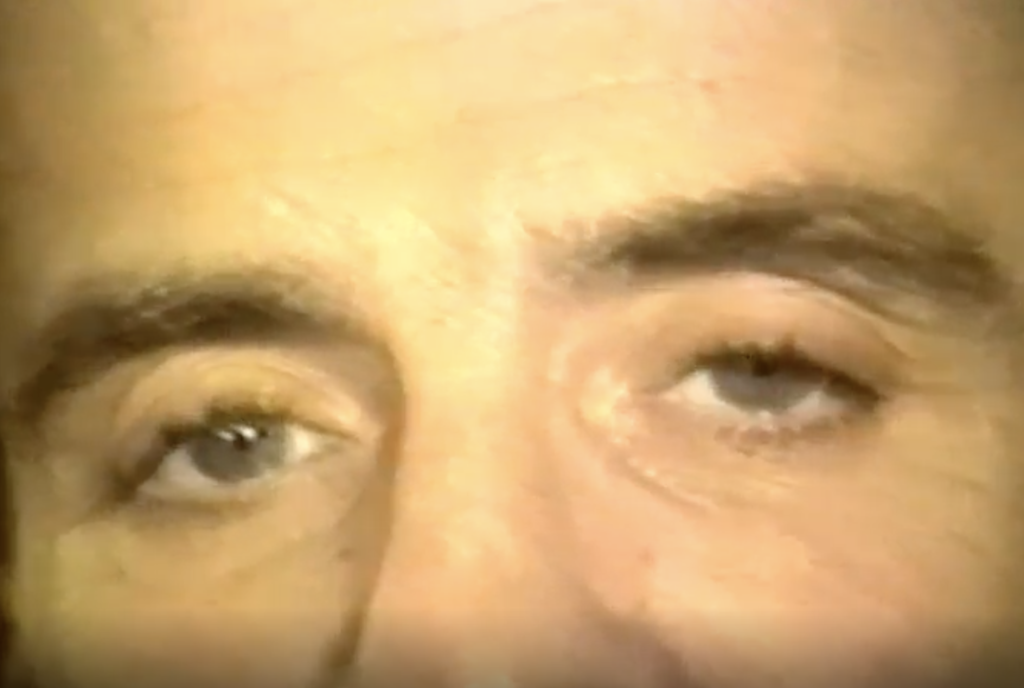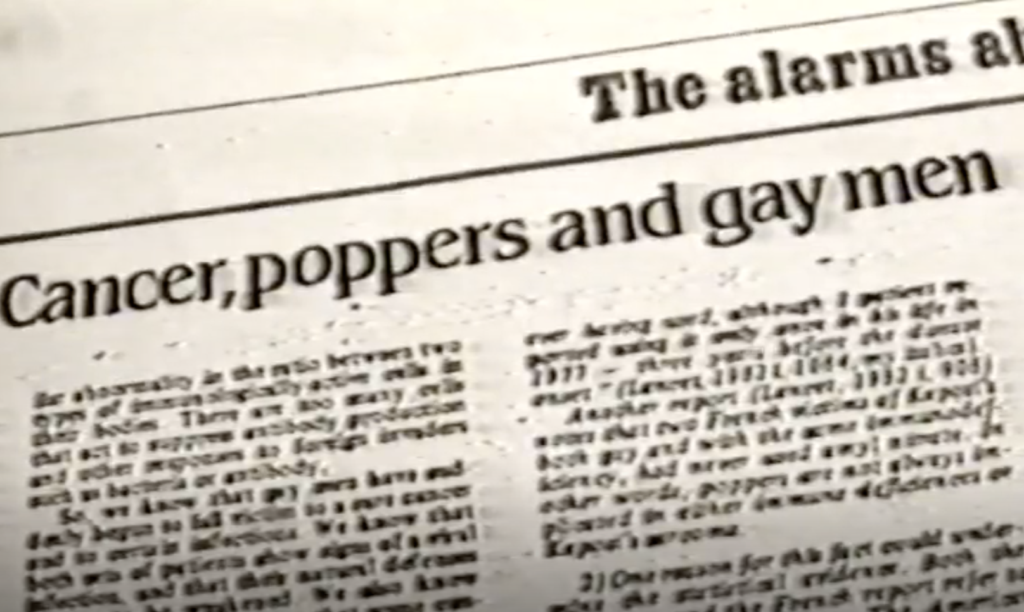Kaposi’s Sarcoma (A Plague and its Symptoms)
Kaposi’s Sarcoma (A Plague and its Symptoms) is a 1983 artist’s video on the subject of AIDS, by the LGBTQ+ and AIDS video artist and TV documentarian Stuart Marshall (1949-1993). Presumed lost and unseen for almost 40 years, this 25-minute video (of the original 28 minutes) is likely to be the first AIDS activist video in the global archive.
Programmer’s Note
Stuart Marshall made the video in response to the appearance of the 1981 article “Kaposi’s Sarcoma in Homosexual Men— a Report of Eight Cases” in The Lancet, a leading UK medical journal. This followed the New York Times article “Rare Cancer Seen in 41 Homosexuals” earlier that year. The title Kaposi’s Sarcoma refers to a type of cancer which became one of the first and most visible signs of a new disease effecting young gay men in the urban centres of the United States; with AIDS quickly described as the “gay plague” in media reports.
Using appropriated texts, critical cultural analysis and collaboration with the AIDS clinician Richard Wells, Marshall’s video constructs a compelling counter narrative to the “homosexuals=AIDS=death” logic of print journalism. This employs video, televisual and medical imaging techniques to critique the positivist, heterosexist ideologies and epistemologies bound up with depicting gay men and AIDS— forms of medicalising, pathologising or surveillance tropes. All of which become discrete alibis for gay cultural codes such as the cruising look, or camp humour. Marshall shows the means of video towards an activist media cultural critique of AIDS as a mode of critical, collaborative and community resistance.
Marshall and this accumulative body of research is the subject of a collaborative PhD between Northumbria University and LUX by queer, non-binary artist and curator Conal McStravick. McStravick’s aim is to re-introduce Kapsosi’s Sarcoma, which they recently rediscovered, to audiences through events and workshops in the UK and internationally through 2024 and 2025.




